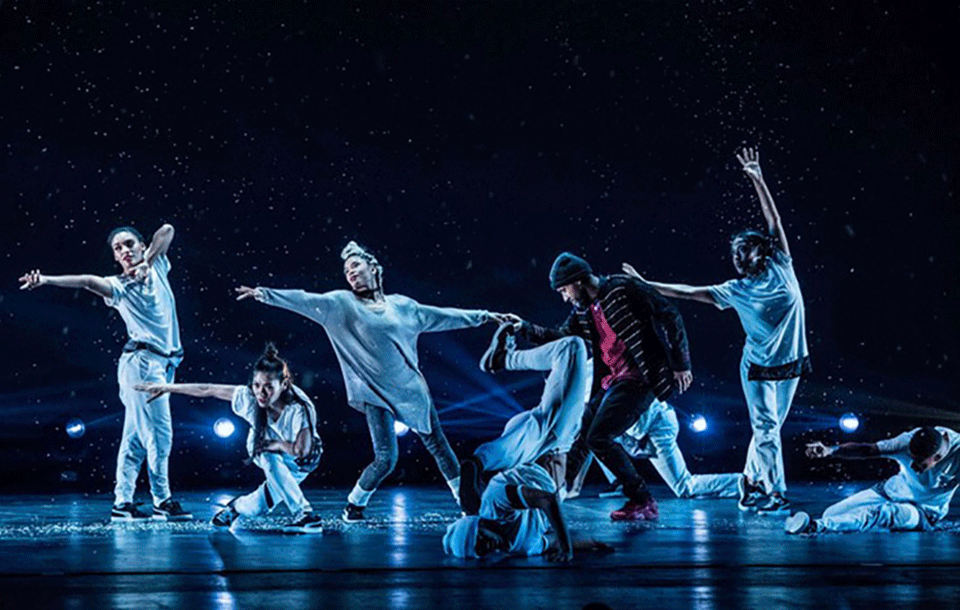Each day millions of families from diverse religious backgrounds entrust the education of their children to our nation’s public schools. Employees within our public schools need to be fully informed about the Constitutional and educational principles for understanding the role of religion in public education. According to religious scholars, the phrase “separation of church and state” was initially coined by Baptists striving for religious toleration in Virginia, whose official state religion was then Anglican (Episcopalian). Baptists thought government limitations against religion were illegitimate.
James Madison and Thomas Jefferson were reported to have championed their cause. During the American holiday season, tax-payer funded schools often face the “December Dilemma” or end up between “a rock and a hard place.” Confusion occurs during the holiday season because the issue of religious expression in public schools can become more visible in some situations. Questions about the use of religious icons, sacred music, and certain decorations in the classroom place the matter of “separation of church and state” before students, parents, faculty, staff, administration, and community members.
The preamble of the Act Establishing Religious Freedom in Virginia (1786), affirms that “the Author of our Religion gave us our ‘free will.’” Moreover, that He “chose not to propagate it by coercions.” This legislation did not diminish religious influence on government because it also provided stiff penalties for conducting business on the Sabbath. Legal experts and scholars contend that the Constitution does not inhibit public displays of faith. At the Constitution’s ratification, the early Republic even welcomed public worship. Church services were held in the U.S. Capitol and Treasury buildings every Sunday. Today in many federal buildings there is imagery that remains unmistakably biblical. So where does this leave our government-funded and operated public schools?
Academics and lawyers advise that when public schools hold holiday celebrations, they should make every effort to accommodate diverse faiths during the holiday season. Students cannot be forced to participate in any event that offends his or her religious beliefs. Legal experts recommend accommodations such as including different customs, various songs, and varied traditional foods at parties or other inschool events. However, assemblies dominated by religious music may raise Constitutional concerns. Three vital principles form the United States Supreme Court’s consensus on teaching about religion in public schools: 1) The Court has indicated that the study of religion in public schools is Constitutional. 2) The inclusion of study about religion is important for student education about history and cultures. 3) Religions must be taught objectively and neutrally.
The Court has determined that schools may celebrate the holidays and create displays as long as they so do within “the context of the Christmas Season” and the religious component of their display does not dominate, but represents one element of a holiday that has obtained secular status in our society. Lynch v. Donnelly, 465. U.S. 668, 679, and 691 (1984). Under this ruling, a Christmas tree would be appropriate while a cross or a nativity scene would not be appropriate. Crosses and nativity scenes are religious symbols that have not gained the same secular status in our society as a Christmas tree. Religious icons present a constitutional dilemma when visible in public displays.
Balancing the legal conditions, past practices, and community expectations can present a challenge for even the most experienced school official. The government should make every effort to acknowledge appropriate recognition of religion in American society and avoid encouraging any particular religious beliefs. Through personal experiences as a student in the Santa Clara Unified School District and as a public school employee, I have observed that the public can be confused about how to deal with religion in our government schools. Opinions can become very polarized with minimal dialogue about positive and legal compromise. Constitutional scholars and the courts have published reports and briefs on the matter with recommendations that can assist our actions.
The framers held that church and state are distinct in that the Federal Government should not elevate one denomination over others. Nor can the government or the citizenry usurp divine authority by joining politics to the church. Faith should remain a personal matter, not a civil contract tainted by politics. Historical scholars detail how state-controlled churches can exploit power for mistreatment of the population under their jurisdiction. The Spanish Inquisition is not thought to have originated in the Vatican, but the Castilian court. Our founders wrote about the importance of religion and how freedom of religion is vital.
A portion of the First Amendment to the U.S. Constitution states: “Congress shall make no law respecting the establishment of religion, or prohibiting the free exercise thereof.” Within these few words are contained two compelling concepts, separated by only a comma. On the one hand is the prohibition against the state (i.e., government) establishing or supporting religious belief or practice called the “establishment” clause. On the other hand is the “free exercise” clause that guarantees the religious freedom of American citizens, including students in public schools. The “December Dilemma” is usually handled in our schools without problems. However, we need to remember that when government and religion occupy the same room, the space between “a rock and a hard place” can become very narrow.
It is an honor to serve as your County Superintendent of Schools.
“The purpose of separation of church and state is to keep forever from these shores the ceaseless strife that has soaked the soil of Europe in blood for centuries.” ~James Madison





